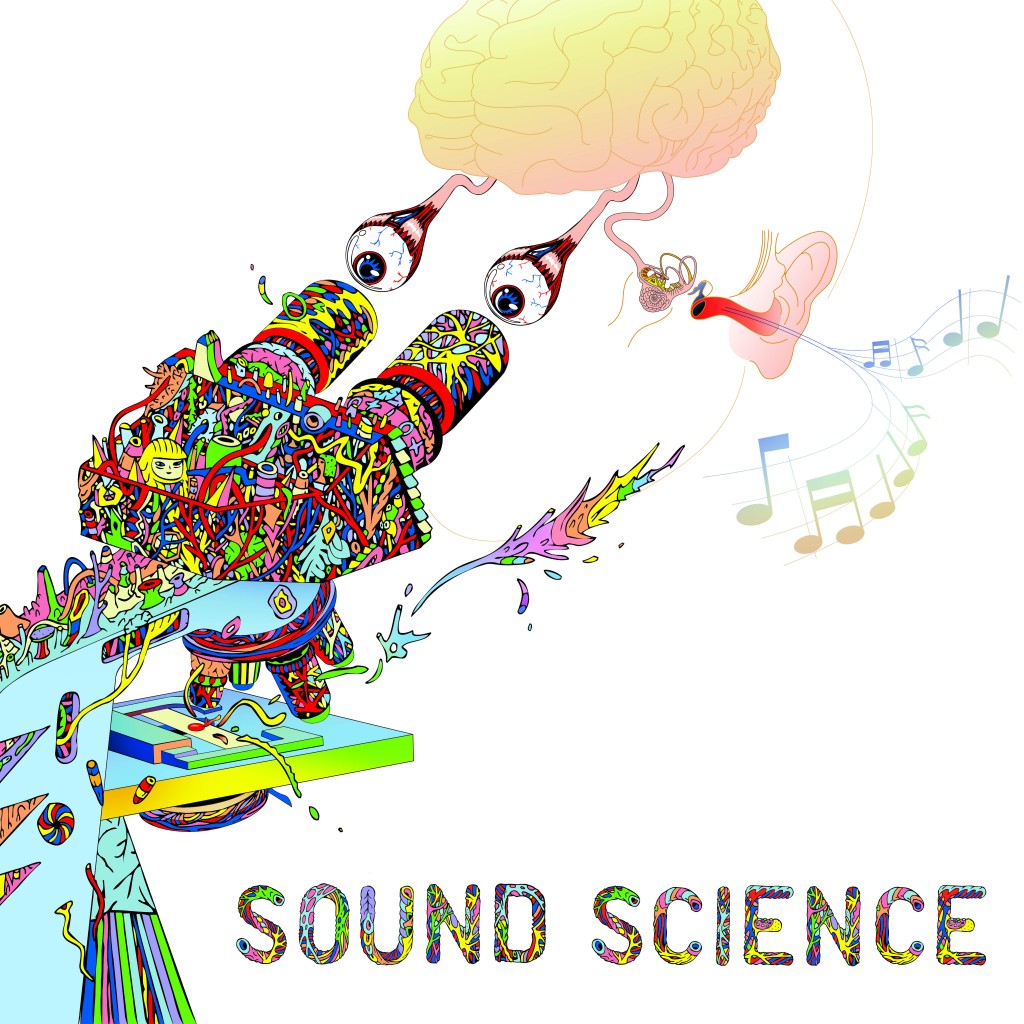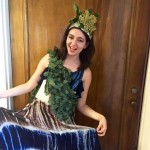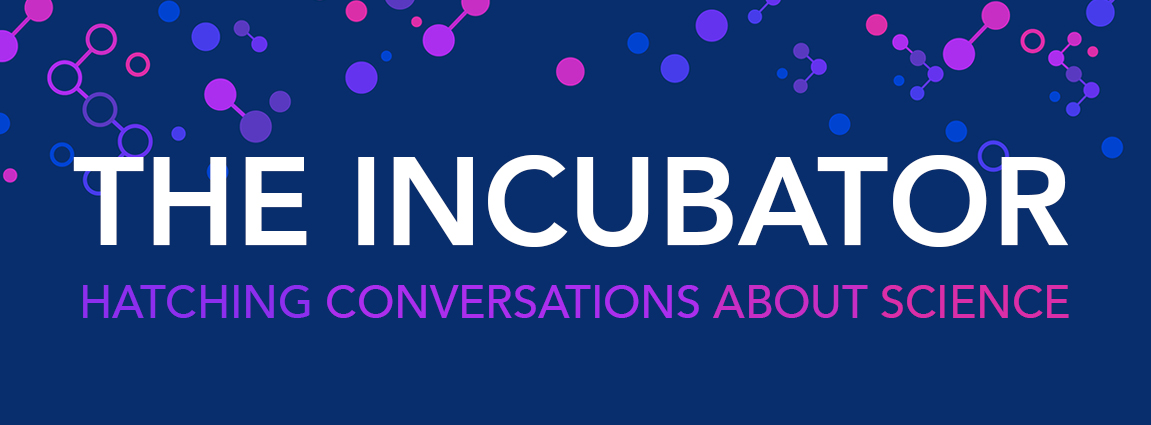Using music as a medium to teach science: what Rebecca Black and Lin-Manuel Miranda can teach us about science education
by Anna Zeidman

In 2013, I diligently, eagerly learned the complete anatomy of the human skeleton. Today, I can barely recall the parts of the hip bone, much less identify their features. In 2011, Rebecca Black released her now infamous music video, “Friday.” Five years later, I still can’t get through a Friday without thinking of Rebecca Black “kickin’ in the front seat.”
Whether we like it or not, pop music is powerful. We describe pop music as “catchy” and call songs “earworms.” Often against our wishes, music sticks with us.
But for every cringe-worthy teeny bopper hit we can’t get out of our heads, there is a musical gem that resonates with us so deeply that we can’t help but listen to it on repeat for days. Broadway sensation Hamilton won a record-breaking 16 Tony nominations by “changing the language of musicals” and “insisting that the forms of song most frequently heard on pop radio stations in recent years — rap, hip-hop, R&B ballads — have both the narrative force and the emotional interiority to propel a hefty musical about long-dead white men whose solemn faces glower from the green bills in our wallets (Ben Brantley, NYTimes).”
Going further, Hamilton creator Lin-Manuel Miranda wants to use the power of music to educate and empower students. Earlier this year, Hamilton partnered with the NYC Department of Education to give 20,000 NYC public school students the chance to see Hamilton on Broadway. As Miranda explained, “They will see Hamilton’s story, and I’m hopeful that the stories it will inspire in them, will change our lives in ways we can’t even anticipate.”
Like Miranda, Dr. Christopher Emdin uses the power of hip-hop music to introduce youth to the wonder and beauty of science. Dr. Emdin’s #HipHopEd movement engages urban youth, “who are traditionally disengaged in science classrooms on their cultural turf, and provides them with the opportunity to express the same passion they have for hip-hop culture for science (chrisemdin.com).” In particular, the Science Genius B.A.T.T.L.E.S., a collaboration between scientists, educators, and hip-hop icon GZA, engage students in science through the creation of raps and a final rap battle competition. In 2015, the winners produced a rap video worthy of both the club and the classroom about science and their realities as immigrant English language learners in New York City Public Schools.
Middle school science teacher Tom McFadden similarly empowers students through music videos through his YouTube show “Science with Tom.” A west coast version of the #HipHopEd movement, McFadden’s “Science Rap Academy” enables his students to research, write, and produce their own science music videos that parody current Billboard hits. Additionally, he encourages “students, teachers, and science lovers” from around the world to submit a “Verse Two” to his own science music videos aligned with Next Generation Science Standards, promoting creativity and engagement with classroom material.
Emdin and McFadden are doing truly inspirational work. They are challenging traditional stereotypes of science and scientists (boring, hard, only for white men with glasses) and showcasing more authentic, accessible, engaging, and empowering representations of science (creative, fun, nuanced, collaborative, universal).
However, all of these musician-educators are engaging with students already in middle and high school. Dr. Dan Gareau, an instructor at The Rockefeller University, knows that science music can make the biggest impact by engaging with children as young as toddlers.
For the past six years, Dr. Dan has collaborated with astrophysicists, computer scientists, musicians, artists, and producers to create Sound Science, a science-themed children’s music album. Exploring biology, physics, and engineering through all different kinds of music, Sound Science is the only album made by scientists for (budding) scientists at an industry-level music standard.
Dr. Dan has a message for tech giants, who have urged more funding for science education: put the money where the spark is and get kids into loving science early!
A recent dad, Dr. Dan loves moments where he asks his two-year-old Neo questions and triggers a game of critical thought until little Neo’s eyes light up with the novelty of inquiry and discovery. Immediately, Dr. Dan sees this game turning into a future song (called “Yes and No”) designed to promote critical thinking in toddlers.
Science music is not new. Back in 80s, musicians like Thomas Dolby pioneered a genre that Dr. Dan likes to call “geek rock.” However, the early stuff did little more than exclaim “SCIENCE!” Recent research shows that kids learn and retain more information (and have way more fun) through well-produced music videos. What’s more, kids that learn through music are more likely to share what they learned with their friends as well as want to keep learning new information.
When I was little, my favorite band was the Backstreet Boys. I listened to the Millennium CD on repeat for years. I love the idea of a future where pop music lyrics go beyond “Bye, Bye, Bye” and get kids as young as toddlers thinking scientifically: asking questions and eagerly searching for answers.
Cover art for “Sound Science” by Dex Fernandez
 Anna Zeidman is the chief manager/editor of The Incubator and Science Outreach Coordinator at Rockefeller University. She recently went to a Beyoncé concert and it was even more majestic than she could have ever dreamed. She’s a rookie tweeter and RockEdu loyalist
Anna Zeidman is the chief manager/editor of The Incubator and Science Outreach Coordinator at Rockefeller University. She recently went to a Beyoncé concert and it was even more majestic than she could have ever dreamed. She’s a rookie tweeter and RockEdu loyalist
